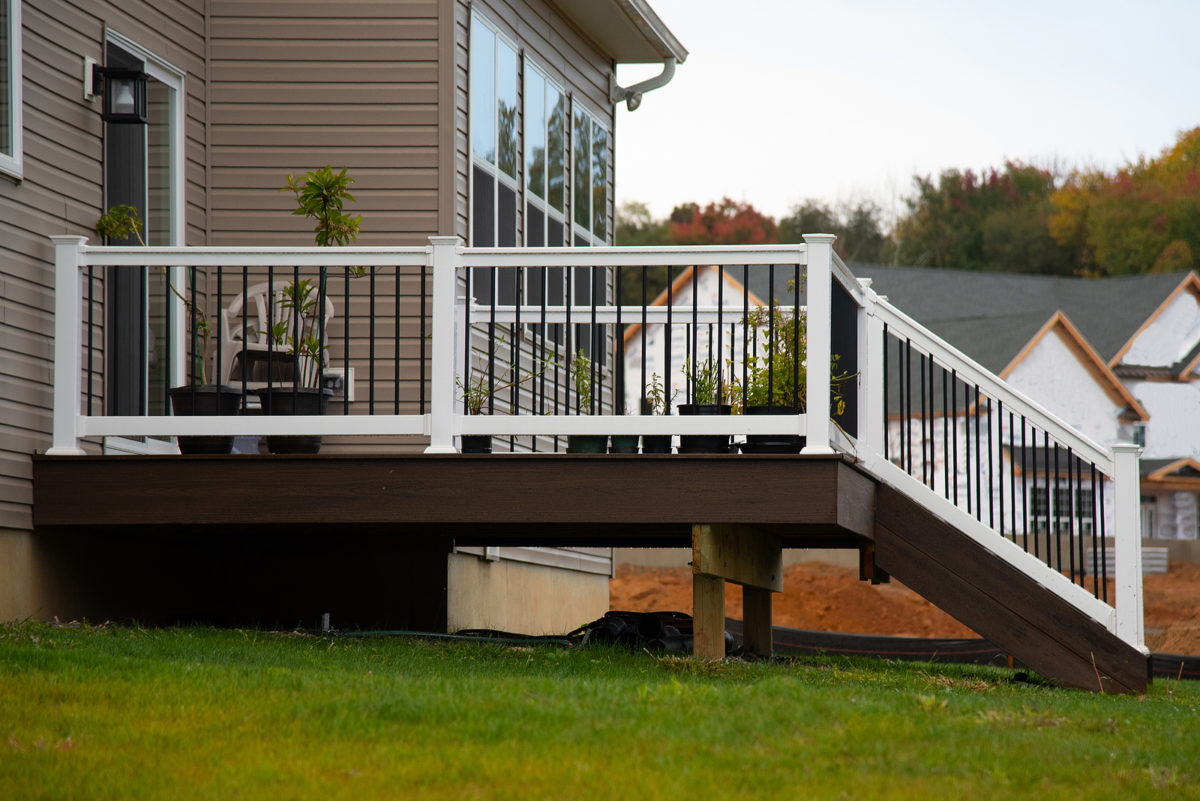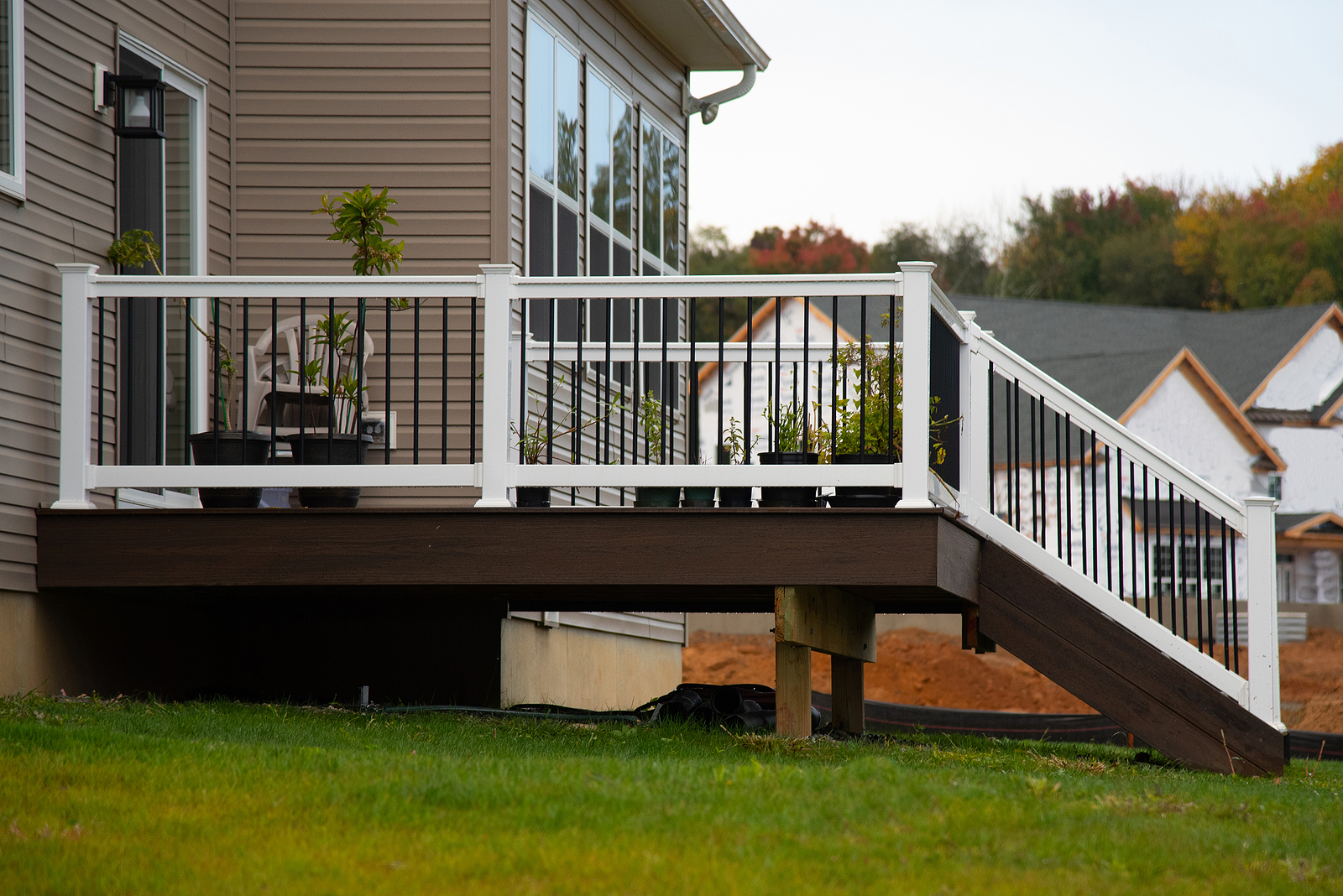It’s about that time of year when homeowners’ attention turns to summer and in which home maintenance tasks are the most pressing.
Typically, the list includes replacing HVAC filters, cleaning out the gutters, cleaning up debris around the property and more.
It’s not enough, however, to give your deck a good sweeping and maybe a fresh coat of varnish. If you’ll be entertaining on it this spring and summer you should also do a safety check.
Why?
A wood deck typically lasts between 10 and 15 years, claims the U.S. Consumer Product and Safety Commission. They also say that about half of the 40 million decks attached to U.S. homes are older than their life expectancy.
Sadly, ignoring repair or replacement of decks results in nearly 225,000 injuries and more than 30,000 of these were the result of a collapse or other structural failure.
Let’s walk through the type of deck inspection that the experts recommend.
Inspect the condition of the wood
Weather does a number on wood, causing decay and splitting. Walk around and under the deck, paying close attention to the wood, especially those spots attached to the house.
This is where the ledger board is located. “The ledger provides much of a deck’s strength; it supports the joists at one end, and it provides stiffness to the framing,” according to the folks at Decks.com.
It’s the ledger board that is among the most common sources of deck collapse, according to the National Deck and Railing Association.
They also recommend checking “the support posts and joists under the deck (if you can reach them), deck boards, railings and stairs.”
Not all damage is visible, however, so take a screwdriver with you on your inspection tour. Poke the wood in various areas and if it feels spongy, it may be either decayed or have a pest infestation.
Then, insert the screwdriver into any cracks you come across. Natalie Rodriguez of This Old House magazine suggests that if you can push the screwdriver more than ¼-inch into a crack, or if the wood splinters, there is decay or rot.
Check the connectors
Next, tour the deck with a hammer in hand. Use it to lightly tap on bolts. A hollow sound indicates that the connector may need to be tightened. While you’re tapping, look for rust or corrosion.
Experts with the International Association of Certified Home Inspectors warn that corroding fasteners cause decay and deterioration of surrounding wood.
Inspect the banisters, balusters, railings and stairs
Many homeowners confuse the difference between the banisters and the balusters. The former is the handrail on a stairway while the latter are the vertical structures that support the banister.
Shake the banisters to ensure they don’t wiggle then visually inspect the balusters to be certain there is no decay and that they are securely attached.
Finally, measure the railing. It should be at least 3-feet high and the balusters should be no more than 4 inches apart.
Other risks to the deck
Is the home’s irrigation system hitting the deck? This is a major source of wood decay, so redirect the sprinkler heads to ensure they aren’t wetting the deck. Do the same with the home’s downspouts – redirect them so that no moisture reaches the deck.
Wet landscape plants in contact with the wood deck promote mildew, so keep it cut back during the growing season.
Wrap up the safety inspection by applying a fresh coat of weatherproofing.
Now you can relax into those spring and summer soirees, knowing that everyone who uses the deck is safe.



















